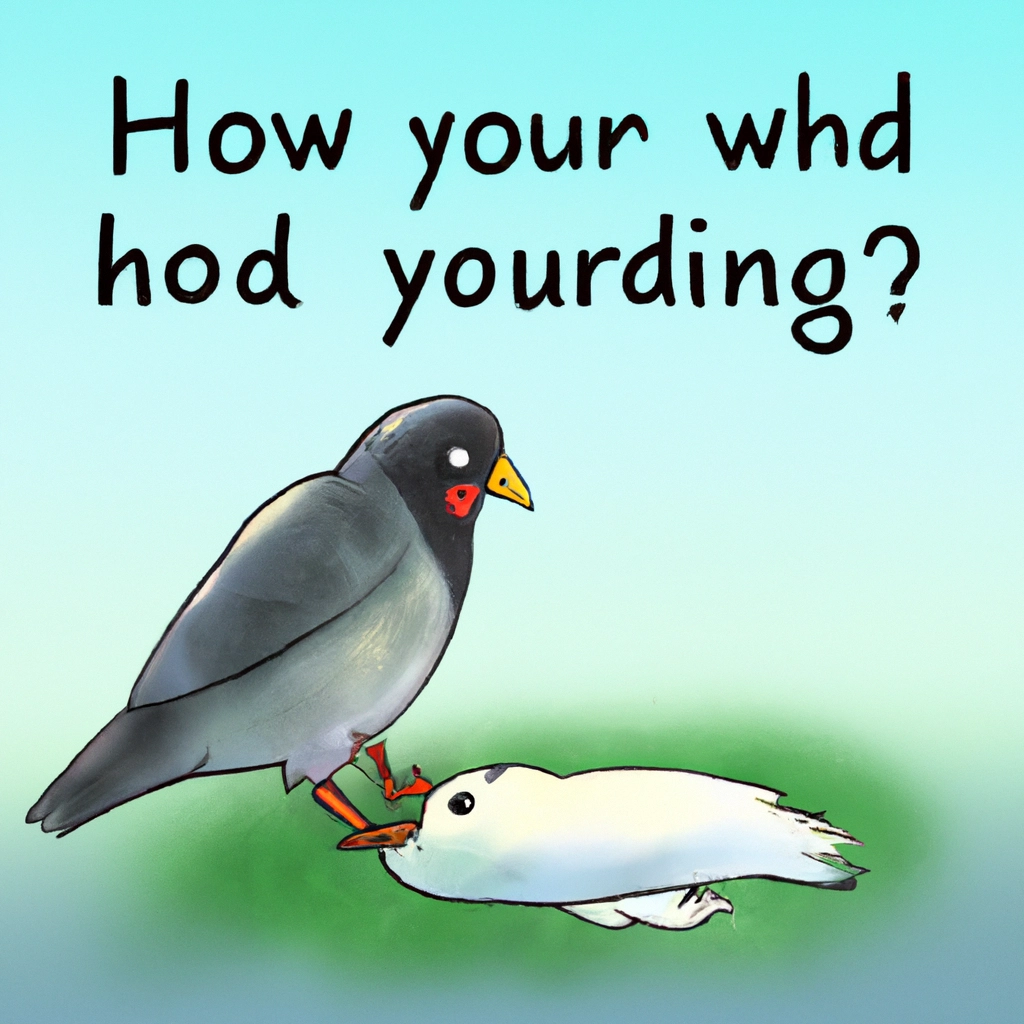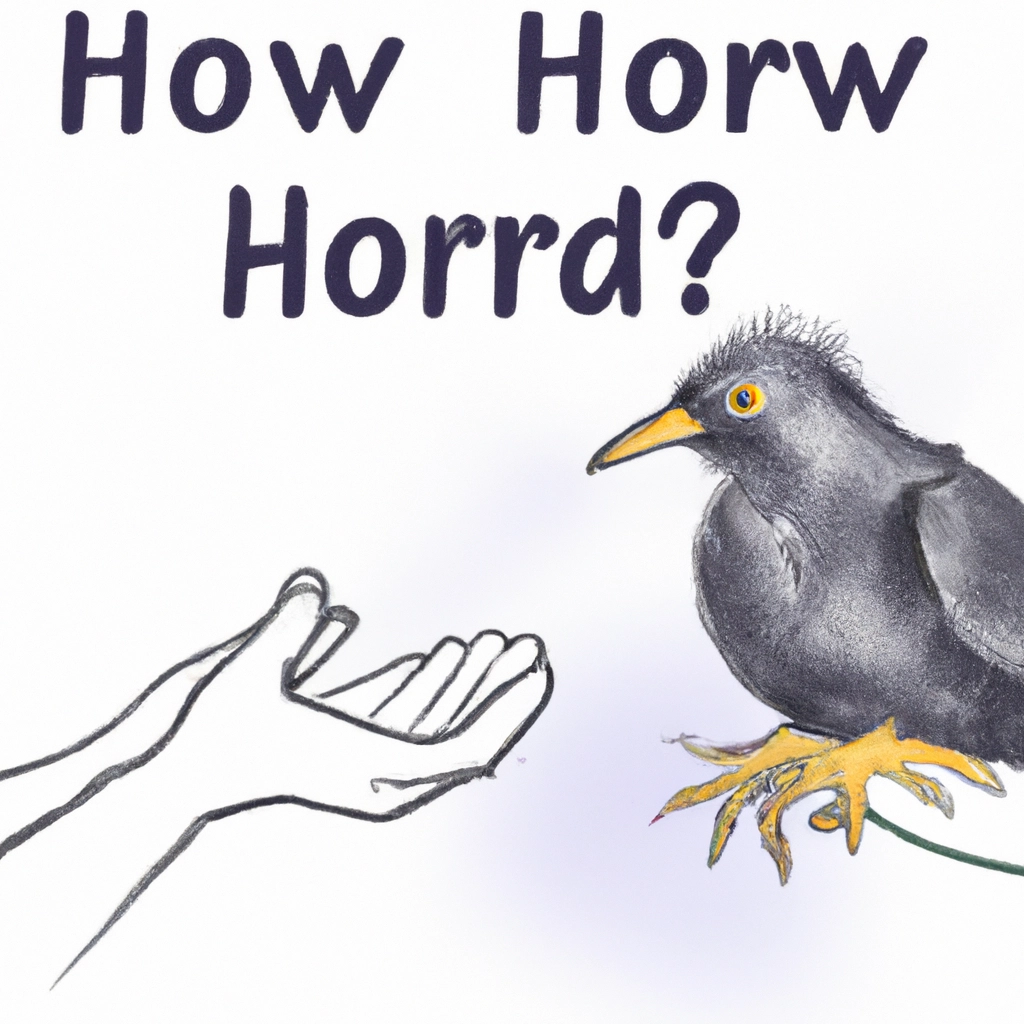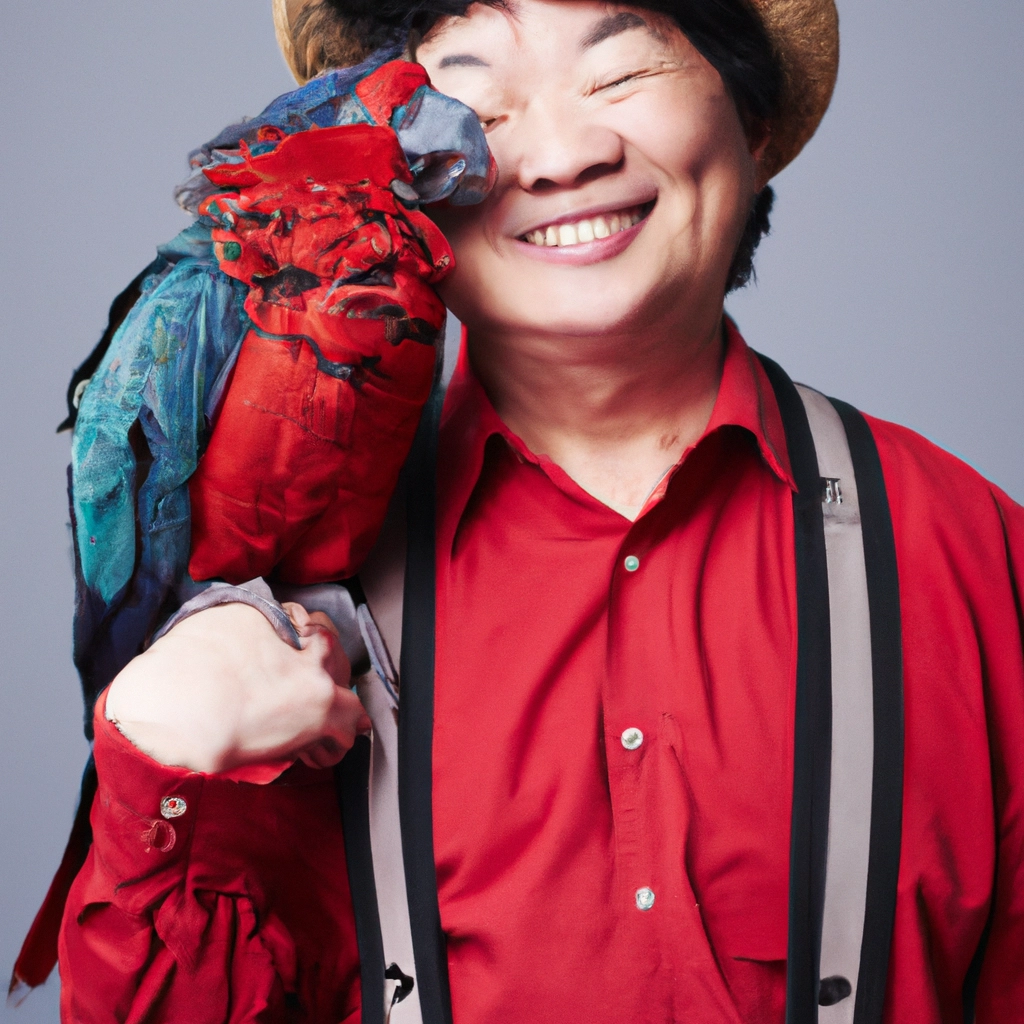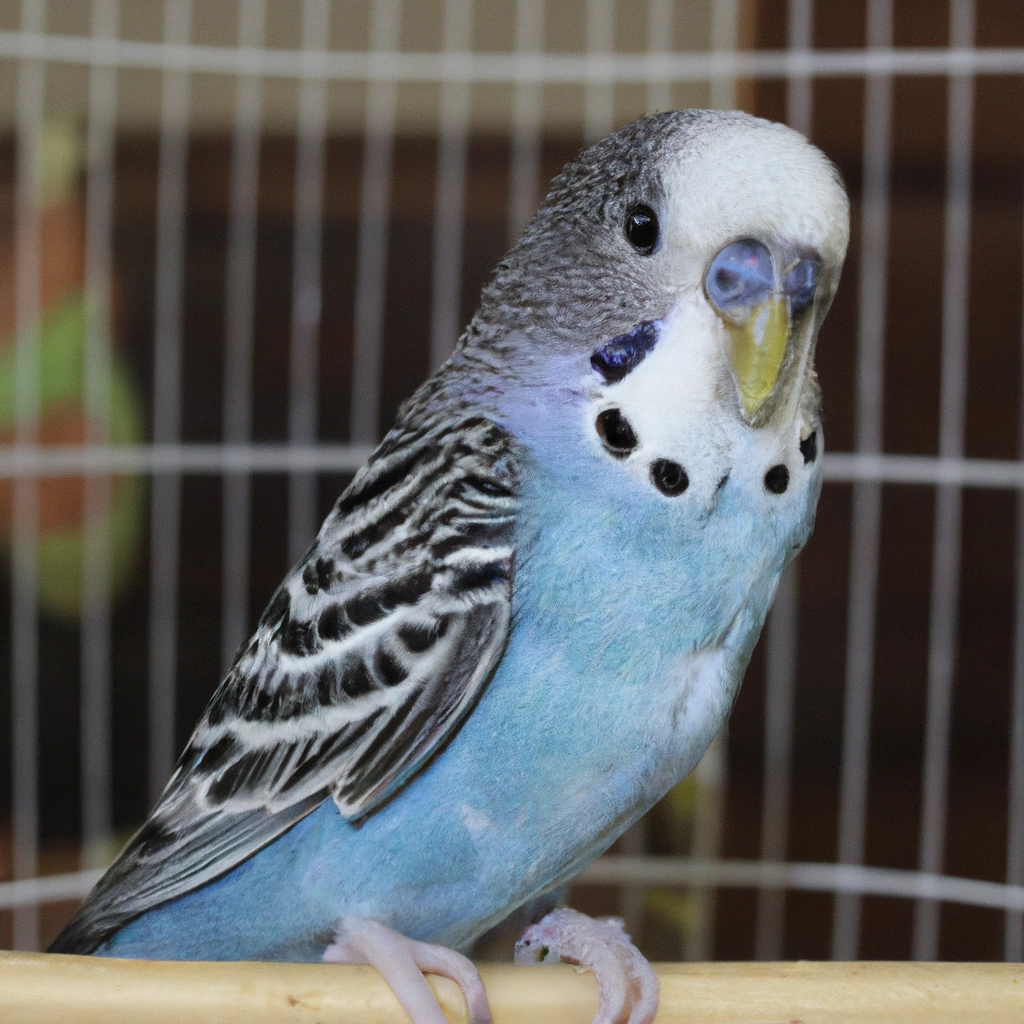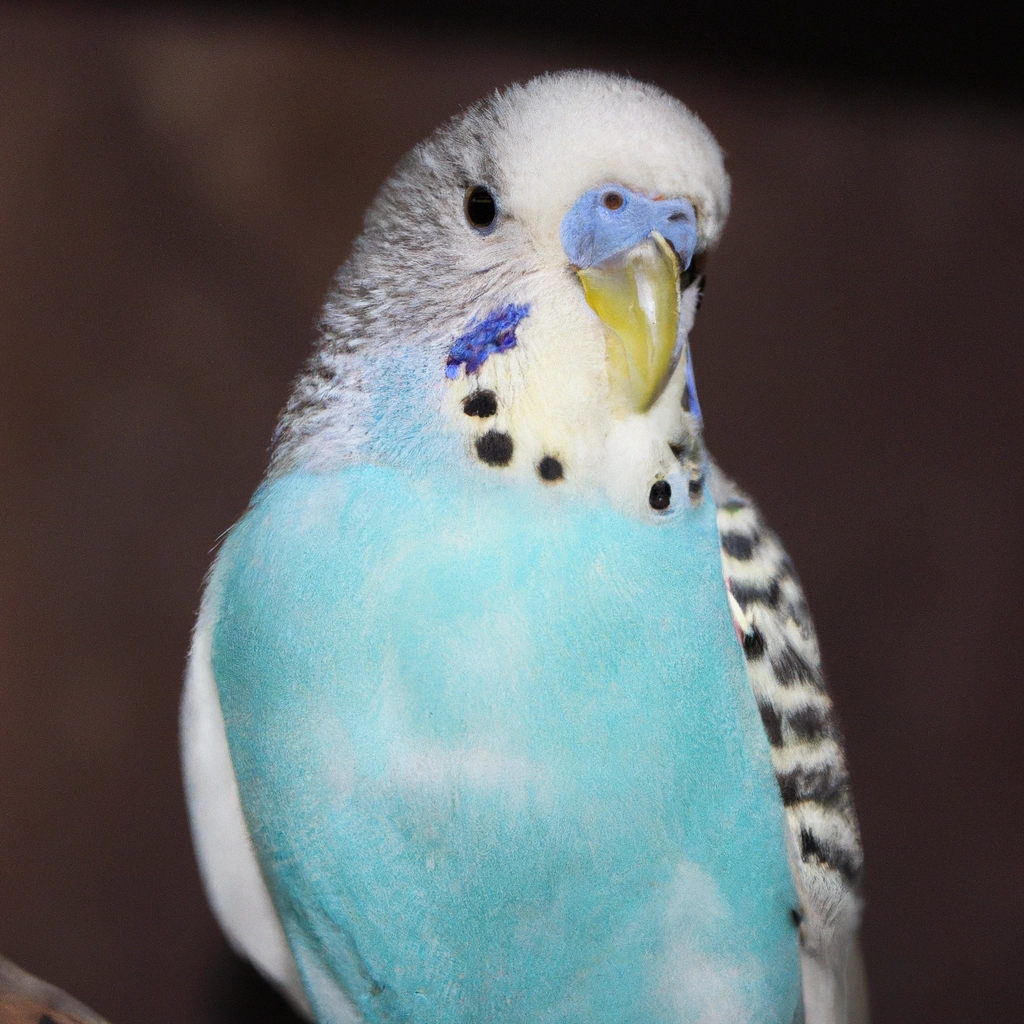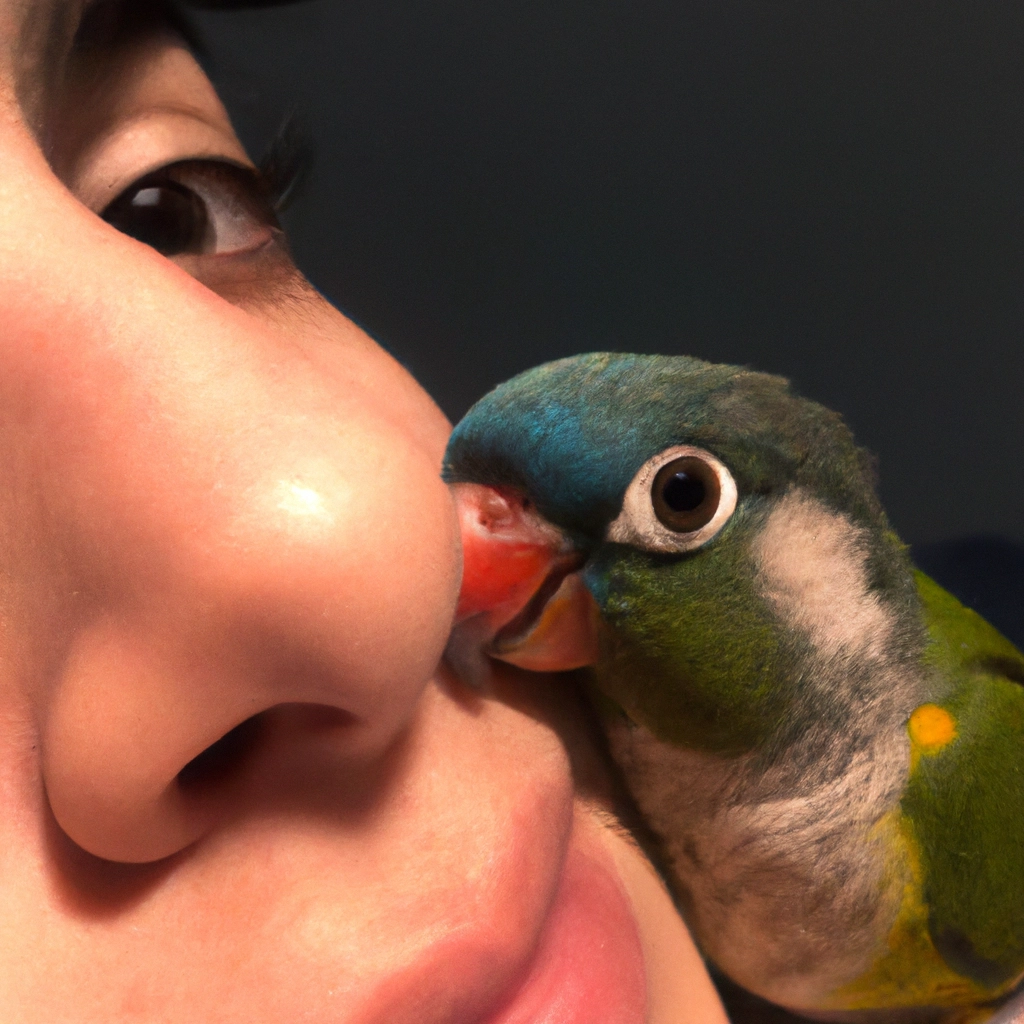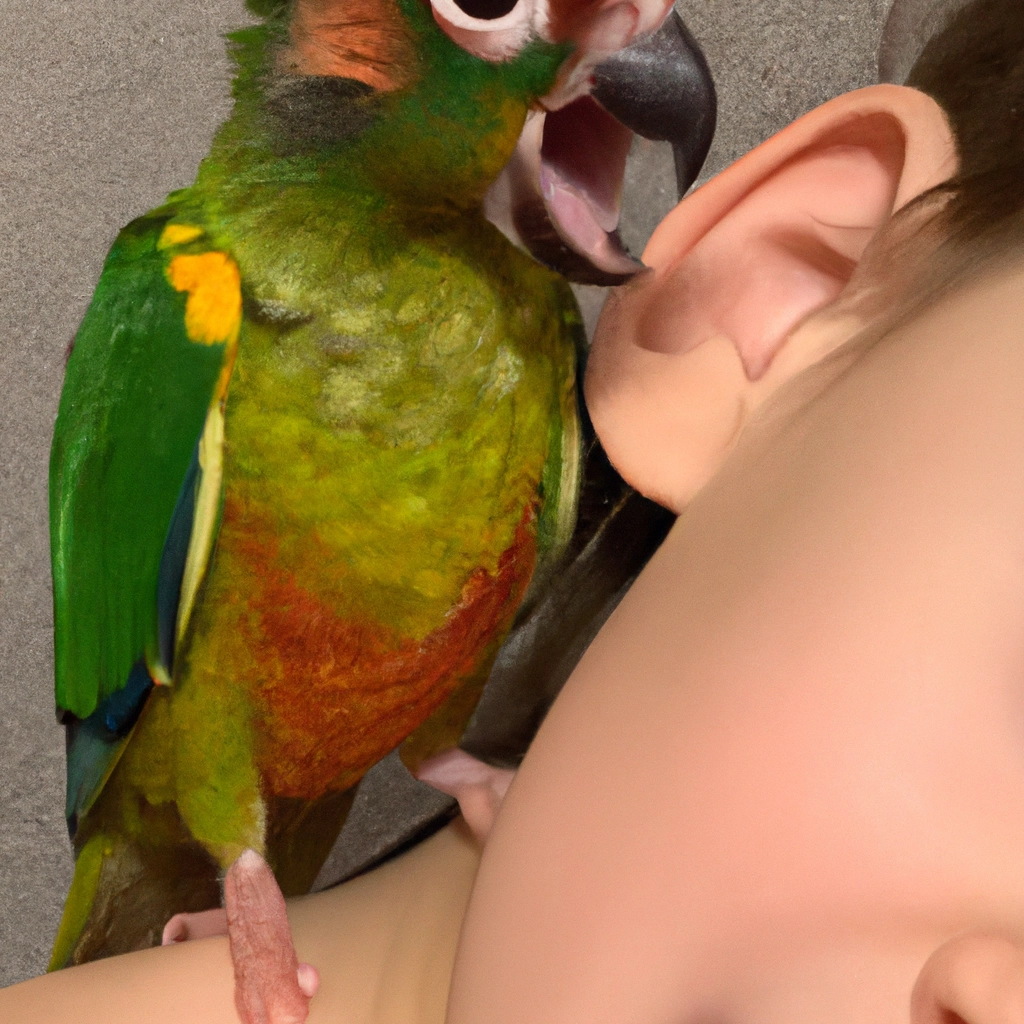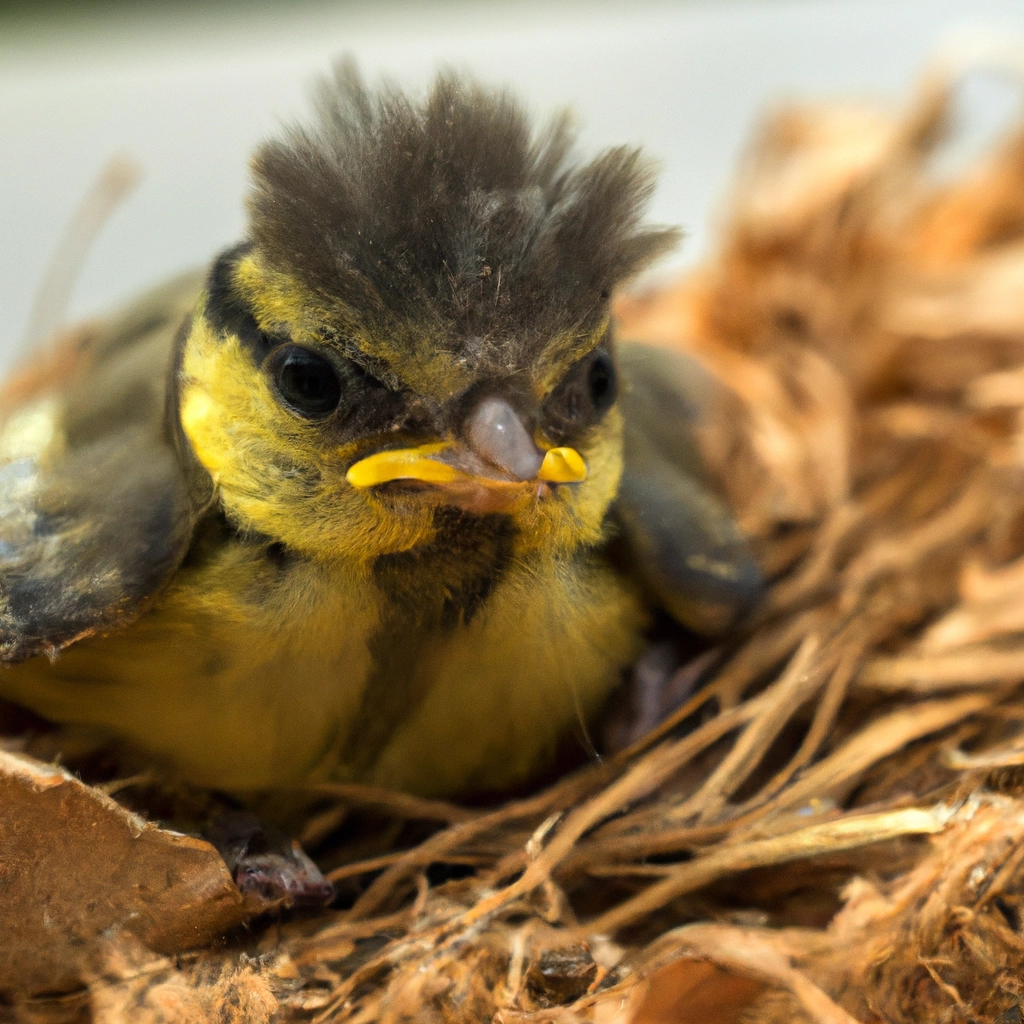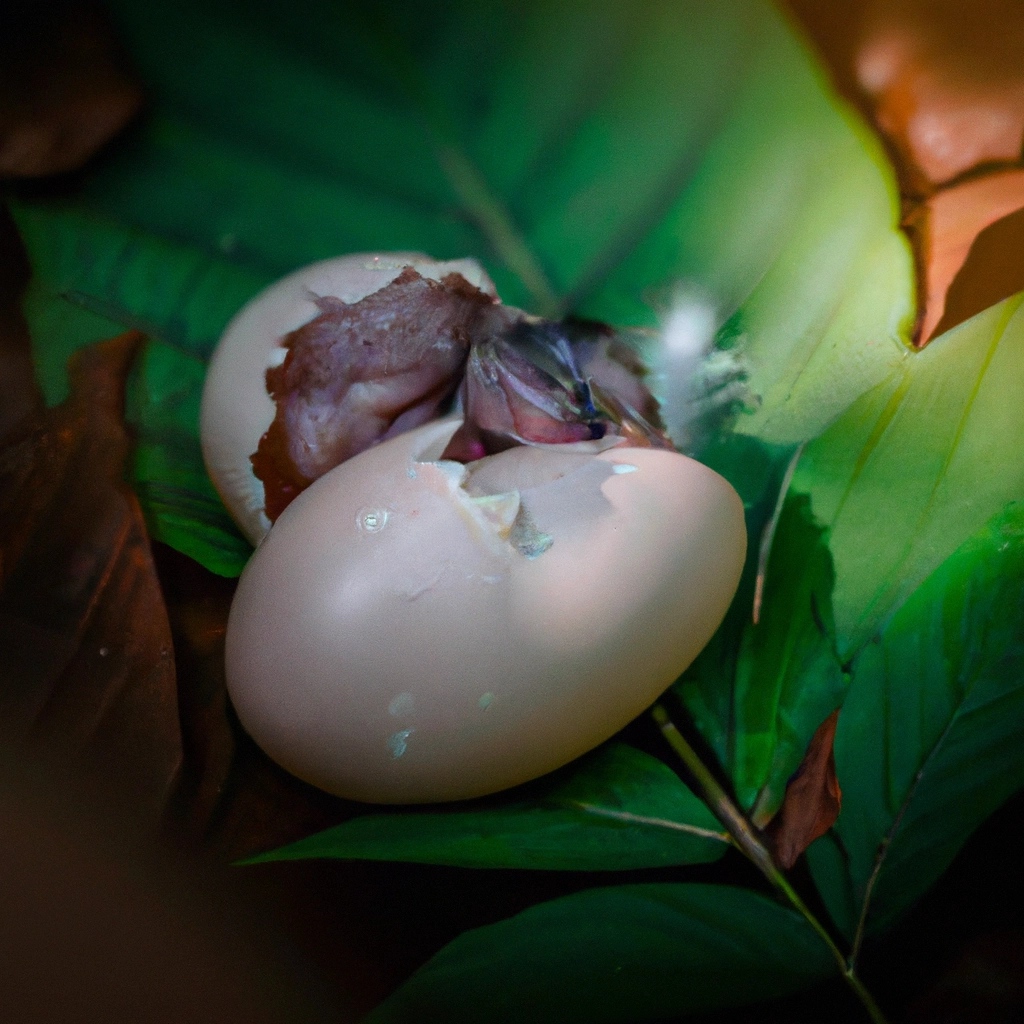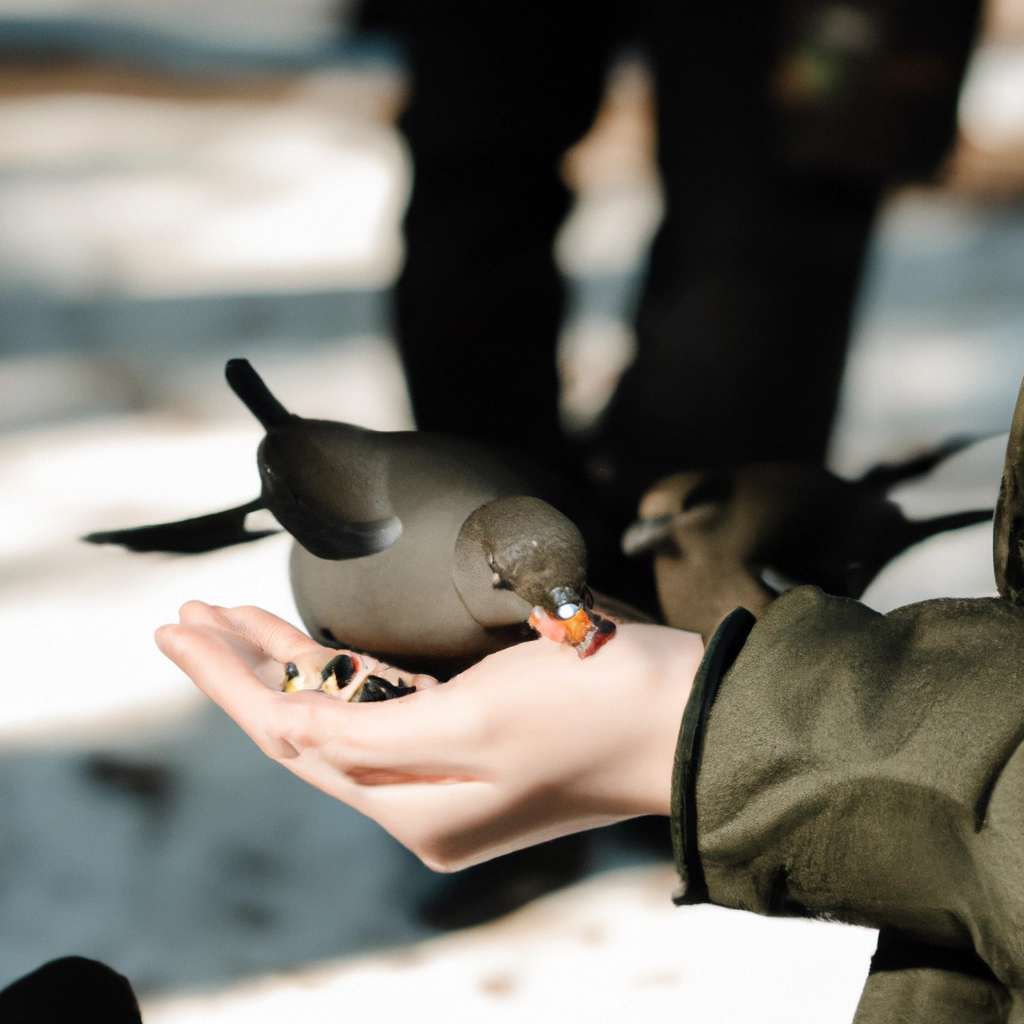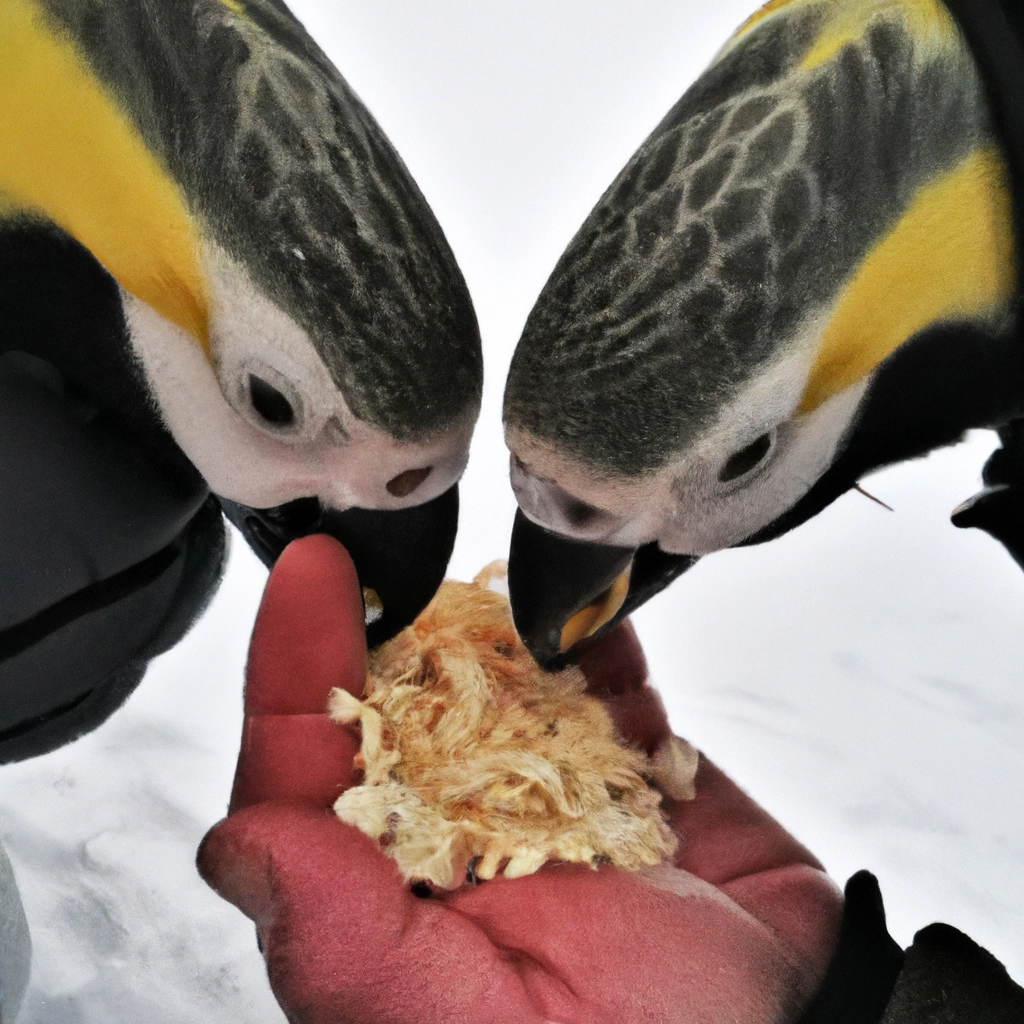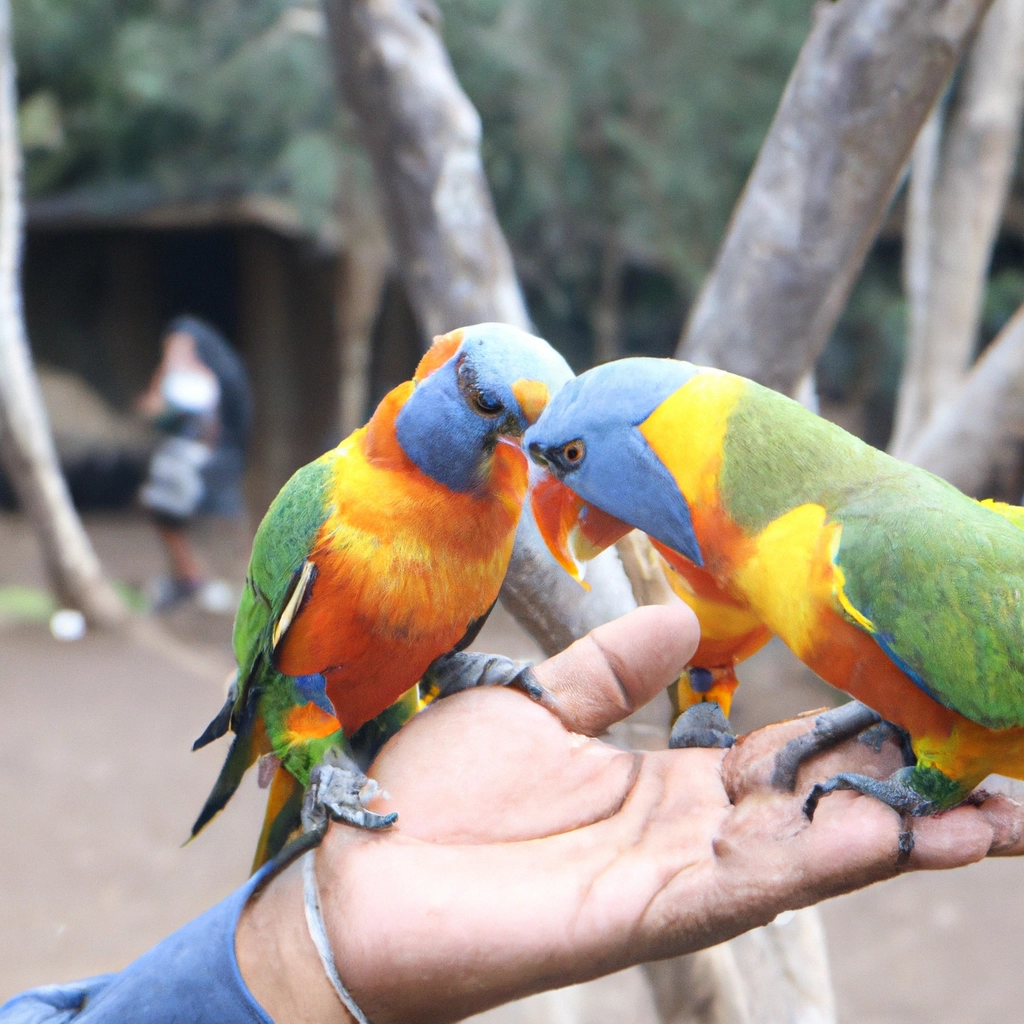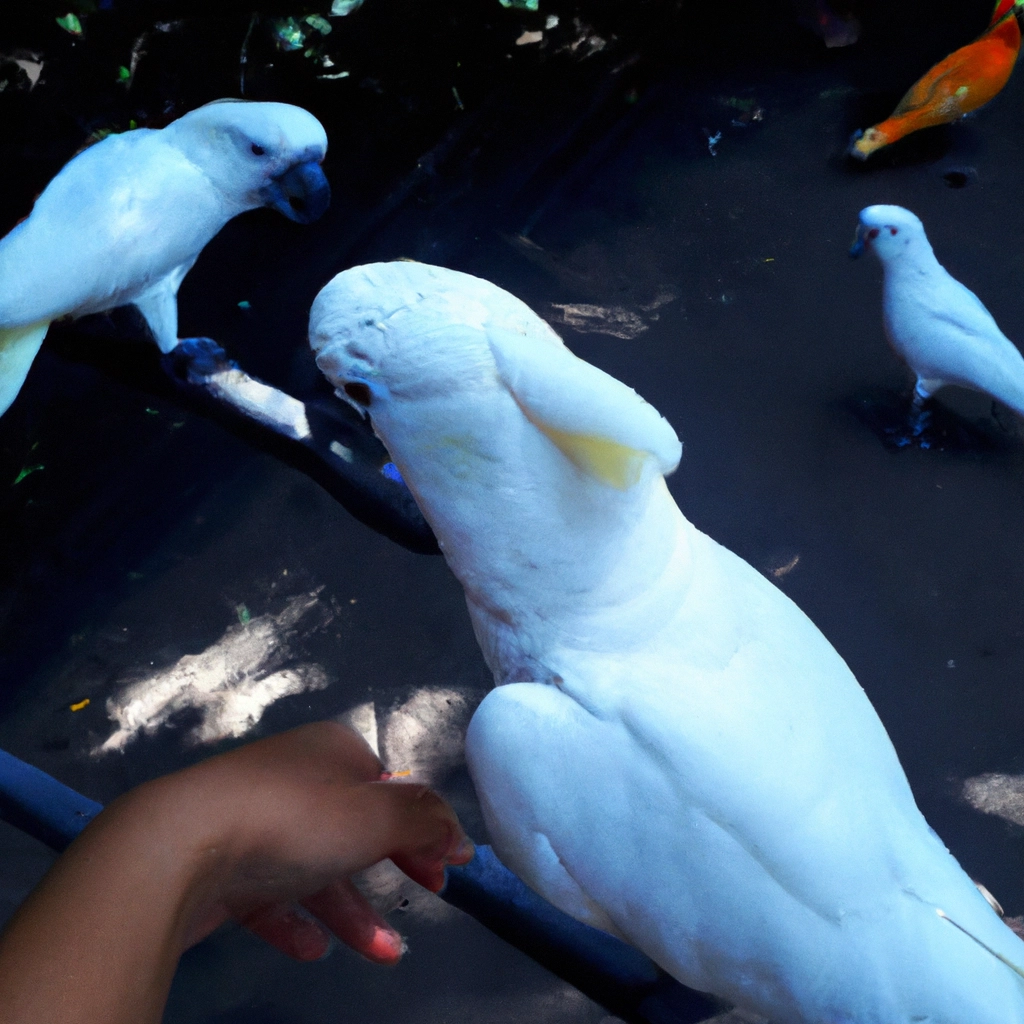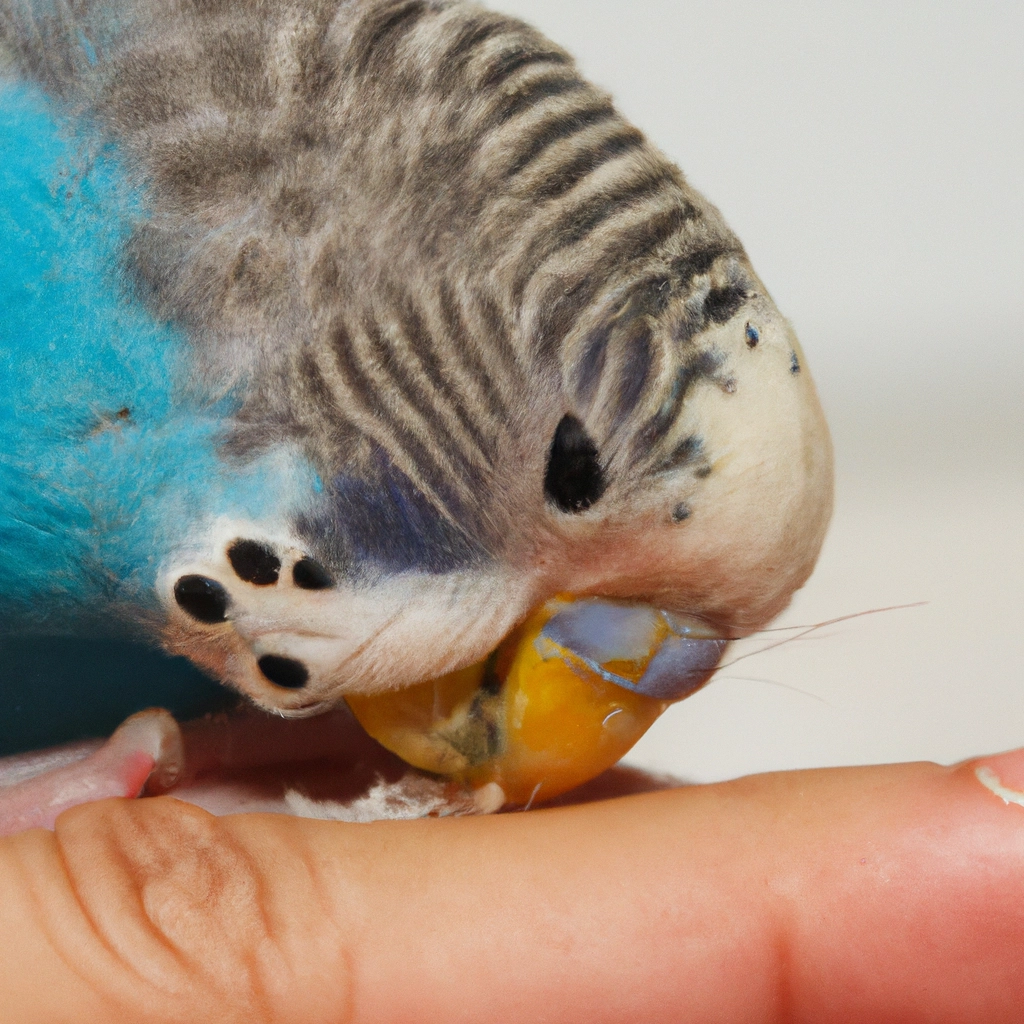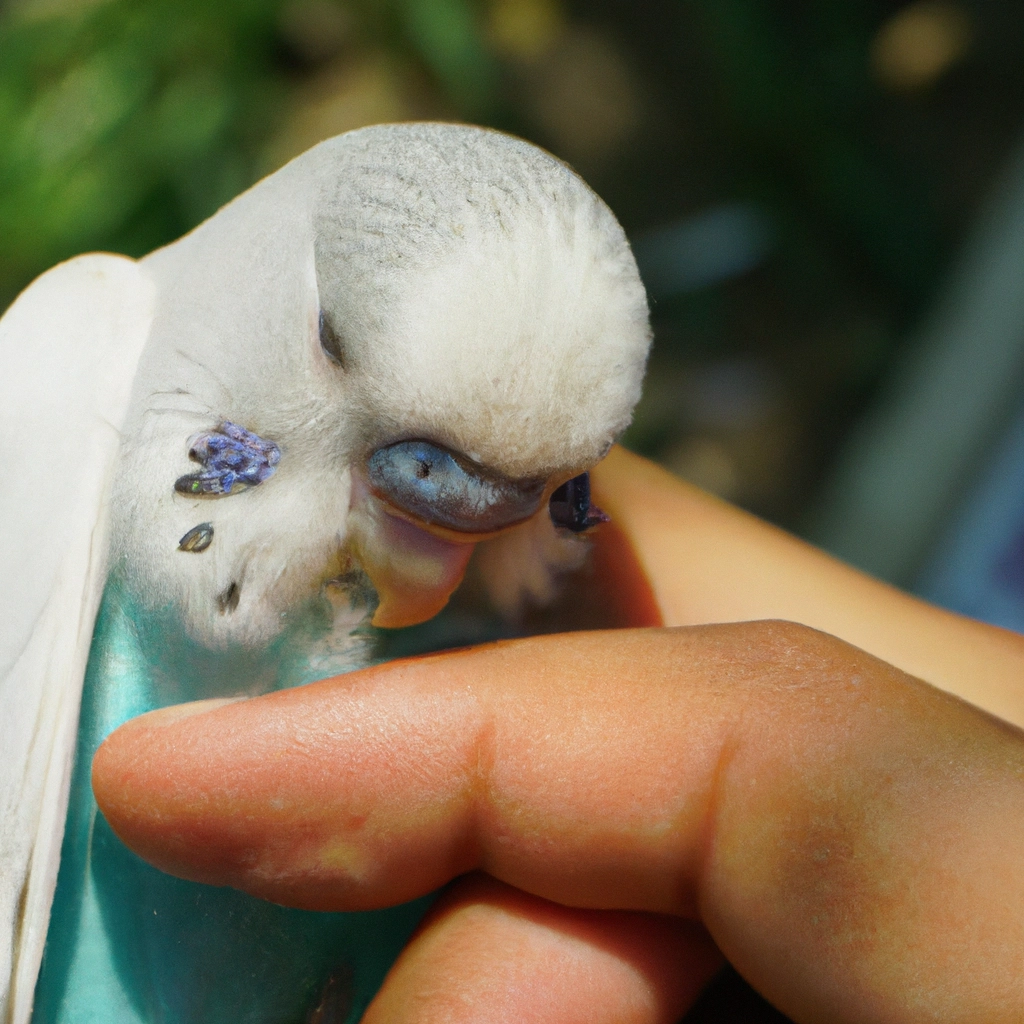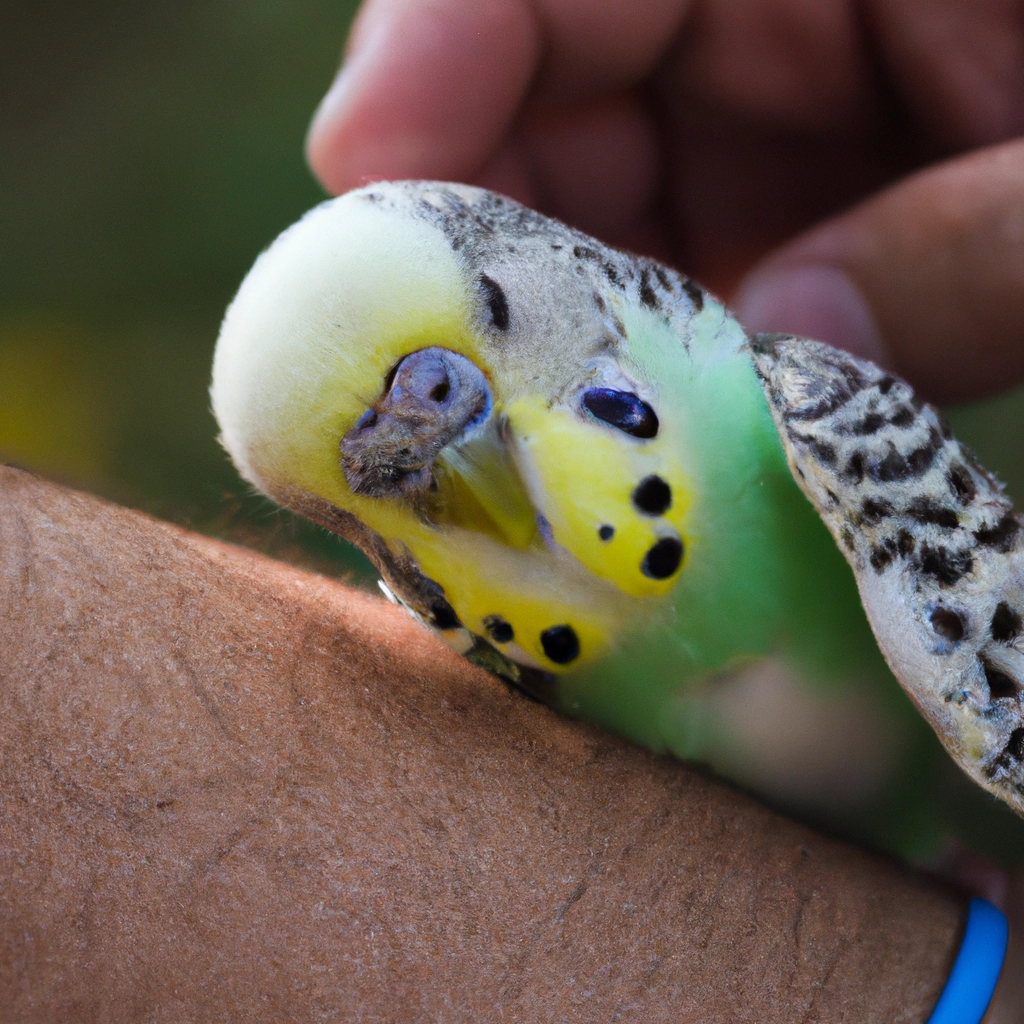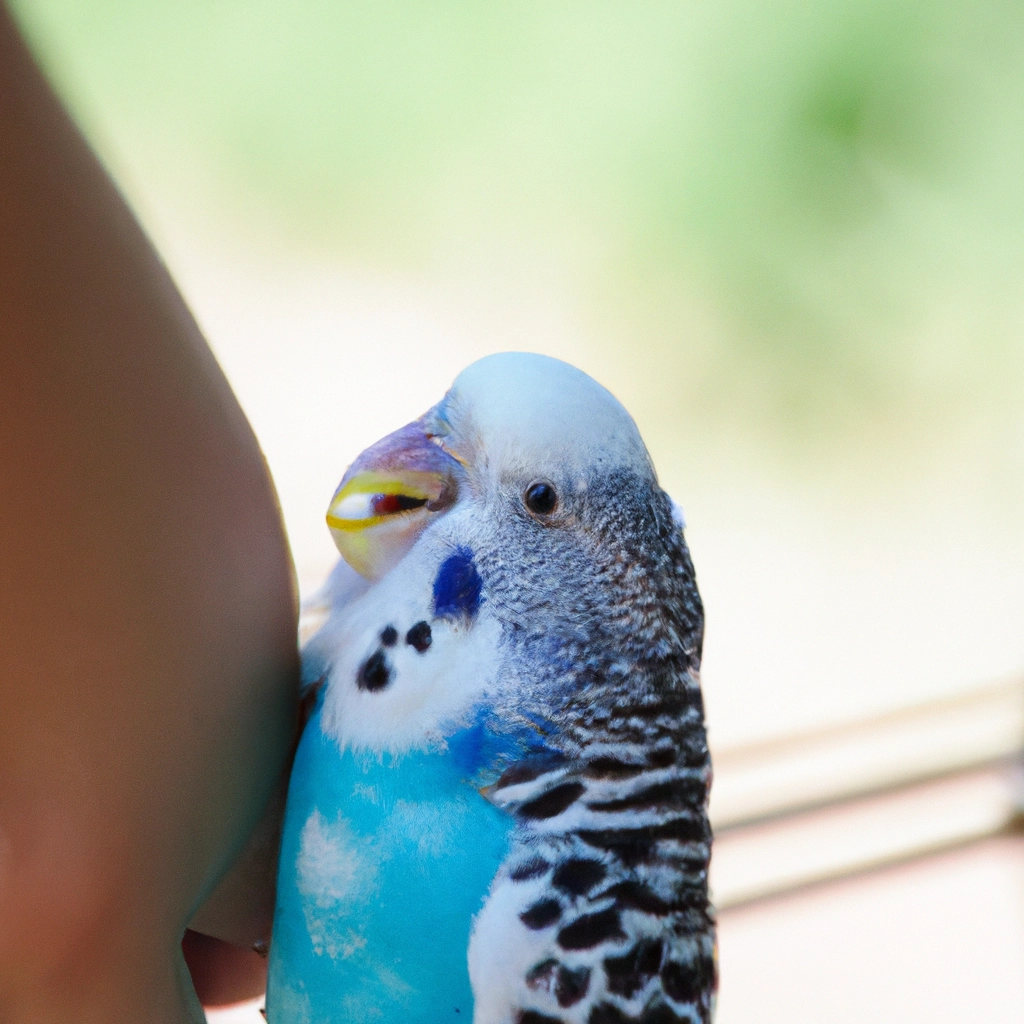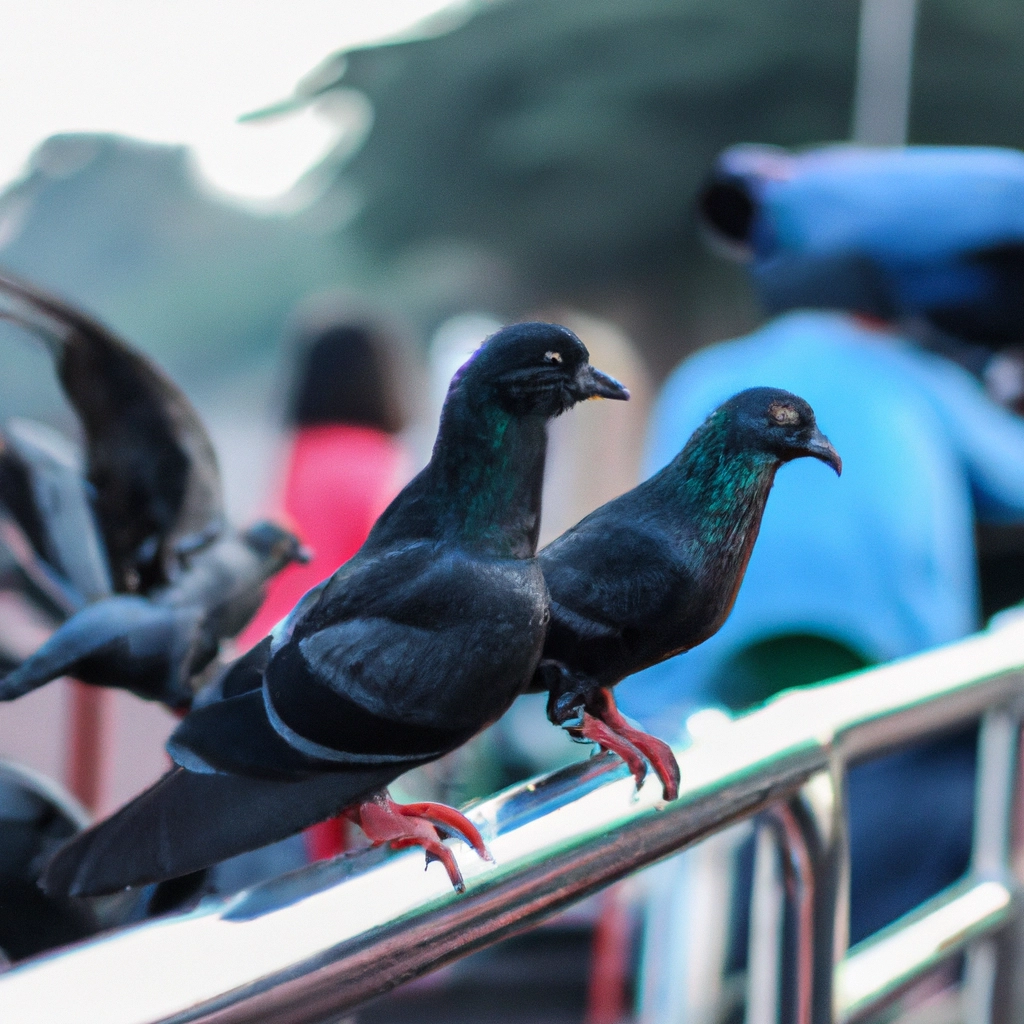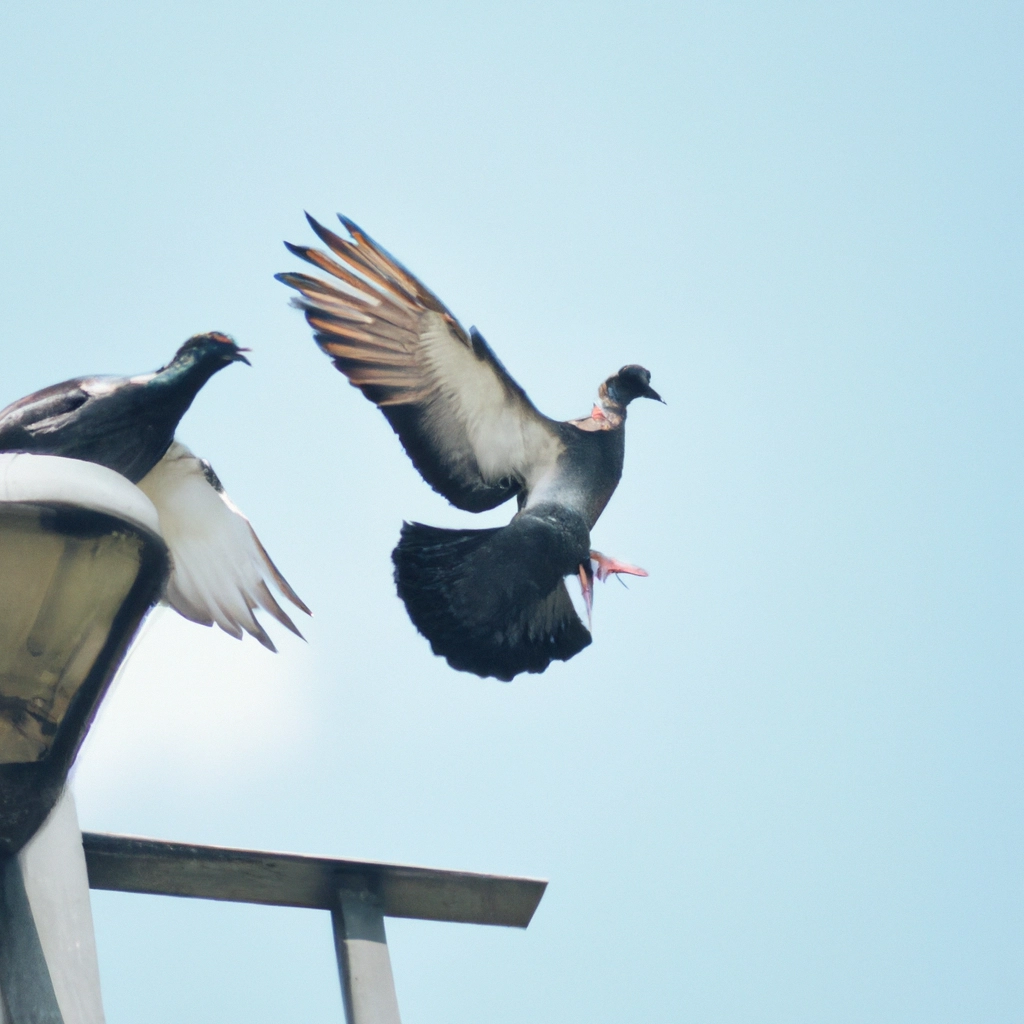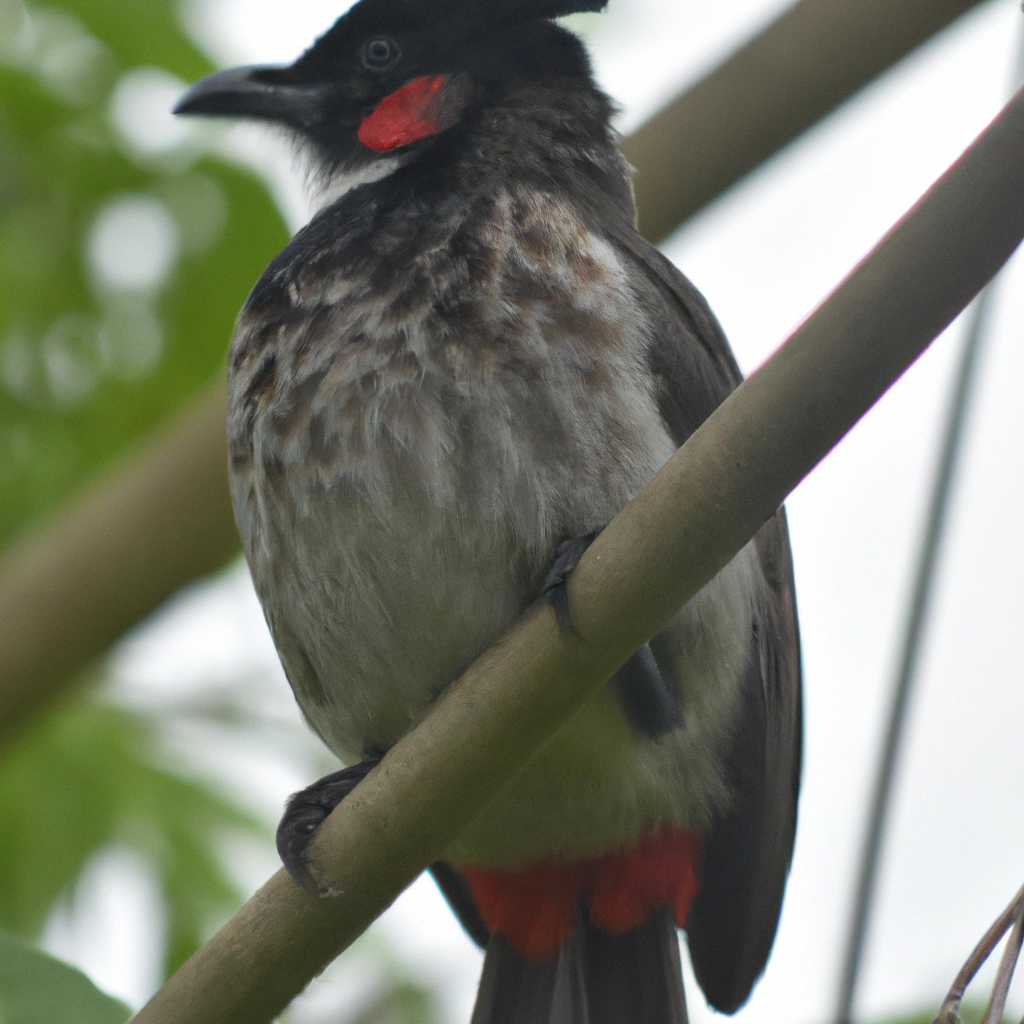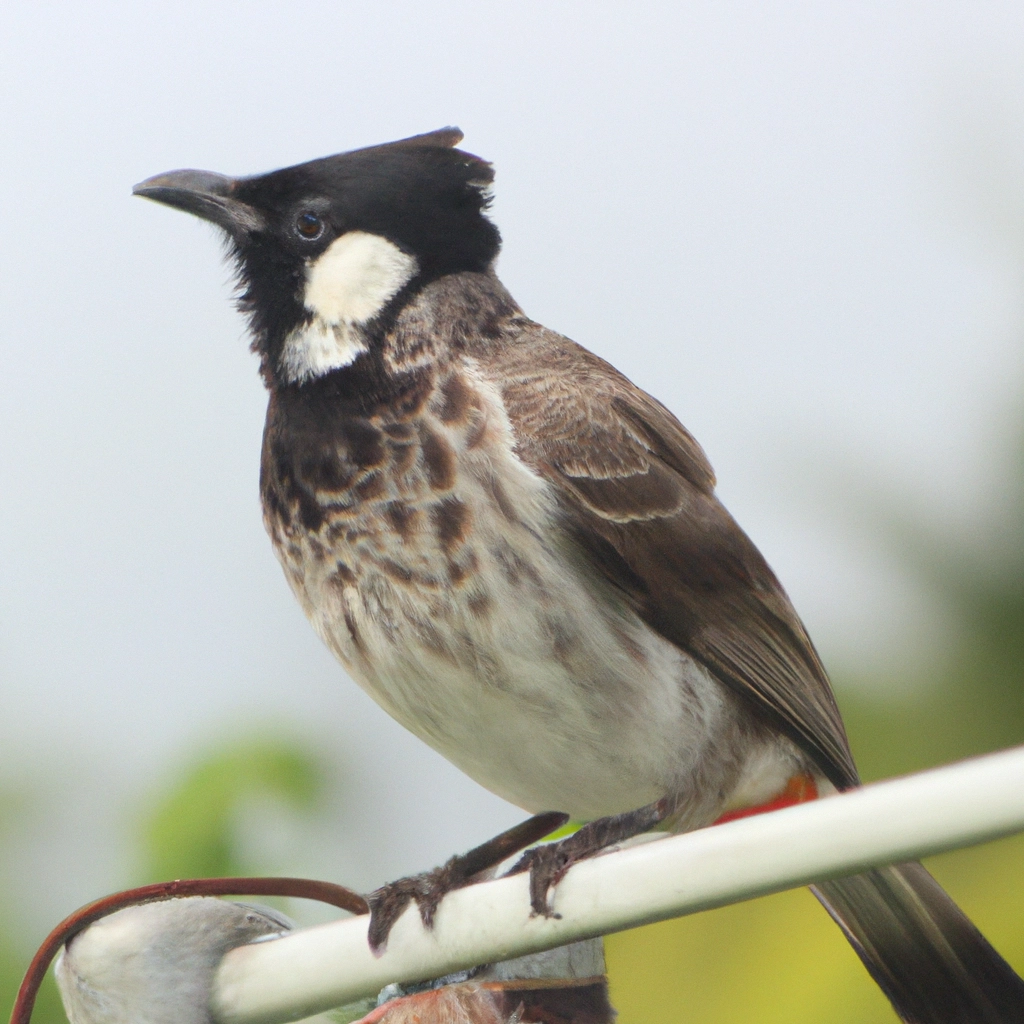| Behavior | How to Help |
|---|---|
| Decreased Appetite | Offer nutritious food and gently encourage eating. |
| Increased Vocalization | Provide a quiet and safe environment, offer comforting sounds such as soft music. |
| Withdrawn or Lethargic | Offer a cozy and warm area, gentle interaction, and some familiar toys or perches. |
| Feather Plucking | Consult a veterinarian for guidance, offer enrichment activities to distract the bird’s mind. |
| Self-Isolation | Provide gentle company without imposing, offer a safe space and avoid sudden movements. |
Comforting Feathered Friends in Mourning
There was a time when I came across a small, feathered creature perched silently in the corner of my garden, its usual chirpy demeanor a distant memory. This poignant moment sparked a journey into the realm of avian emotion. As I learned more about their world, I realized that like us, birds mourn, and they require our empathy and care during such tough times.
An experience that tugged at my heartstrings was watching a bird, who had lost its partner, calling out for hours. It was a stark reminder of the depth of their bonds and the reality of their sorrow. Recognizing the need to support our winged companions in their grief is not just about being compassionate, it’s about coexisting with the rich emotional lives that flutter around us every day.
We often overlook the emotional complexities of birds, but understanding and responding to their grief is vital. It’s about extending our humanity to all creatures, acknowledging their pain, and taking steps to help them through it.
Deciphering the Silent Cries of Grief in Birds
Noticing a bird’s plunge into silence or its lack of interest in food were the initial signs that clued me into its grieving state. Birds, though often seen as sprightly creatures, can display a heart-wrenching desolation through behaviors that mirror our own expressions of loss. Their once vibrant songs may transform into pained calls, or worse, fall silent altogether.
Drawing from my own encounters, it was the change in a bird’s daily routine that caught my attention – a clear indicator that it was experiencing an emotional upheaval. Their usual fervor for life seemed diminished, almost as if a part of them was missing. Witnessing this, I couldn’t help but empathize and feel a pressing need to help.
The significance of such observations cannot be understated; it’s through these subtle changes we can identify a bird’s call for help. In the quietness of their changed behavior lies a plea for understanding and comfort that we, as observant friends of nature, are capable of providing.
Engendering Solace: Aid for Our Avian Companions
The simple act of being present can forge a comforting connection with a grieving bird. I spent hours sitting near, speaking gently; it was my hope that my steady presence would provide some solace to the forlorn creature. Time and patience became the foundation of our shared healing experience.
Creating a refuge for the little one was an intimate endeavor. From arranging its favorite treats to maintaining a tranquil environment, every gesture was an offering of peace. This tranquil haven became a sanctuary for the bird to retreat to, a place where it could feel secure amidst the storm of its grief.
And it’s not just about emotional support; sometimes a grieving bird benefits from tweaked environmental elements – a comfortable perch away from noise or a birdhouse shielded from the elements. These thoughtful modifications can make a world of difference in the life of a mourning bird.
Navigating Grief with Expert Guidance
There are times when the best intentions need a helping hand from those with expertise. When faced with a bird in distress, seeking guidance from a veterinarian or an avian specialist became a priority for me. Their insights were invaluable, providing clarity on how best to move forward.
One story that stands out was when a professional stepped in and diagnosed a nutritional imbalance that compounded the bird’s grieving behavior. The expert care given made a notable difference, and gradually, the bird regained both its physical health and its spirits.
This experience redefined my view of professional intervention. It underscored the importance of being proactive and reaching out for help when needed, not just for the bird’s emotional state but its overall wellbeing.
A Heartfelt Reflection on the Journey of Support
Summing up, the journey of aiding a grieving bird is a profound one. It teaches us about the emotional capacity of these creatures and about our own capacity for compassion. It is a testament to the strength that can be found in gentle acts of kindness.
Reflecting on these experiences, the most rewarding aspect has been witnessing the resurgence of joy in a bird that once mourned. It’s a poignant reminder that our smallest actions can have a big impact.
So let’s be attentive, let’s be caring. When you see a bird in sorrow, remember that your support can be the wind beneath their wings, guiding them back to the sky. Let’s be the comfort they need, and if there’s any doubt, don’t hesitate to reach out for support. Together, we can make a difference in the life of a grieving bird.
